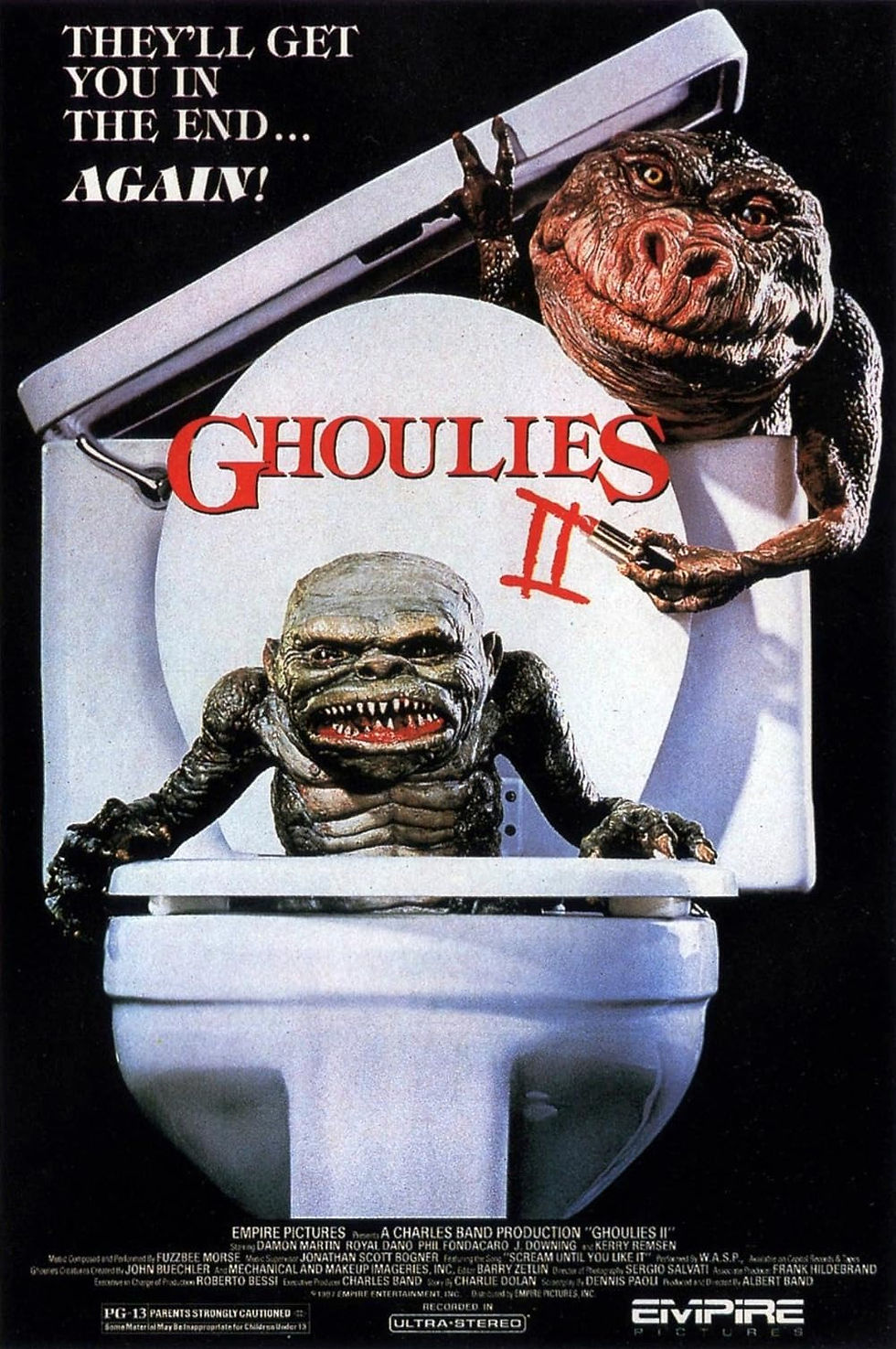The Legacy of 90s Horror Movies: How They Shaped the Genre Today
- Allan Major

- Mar 23, 2024
- 2 min read
Updated: May 24, 2024

Remember when horror movies were more than just jump scares? When they got in your head, messed with your mind, and left you laughing as you screamed? The 90s were a blood-soaked playground for horror, a decade when the old rules were shredded, and a
new breed of terror clawed its way into our nightmares.
The Decade of Deconstruction and Meta-Horror
Forget the lumbering slashers of the '80s. The '90s brought a wicked grin to the genre. Filmmakers took the tropes we knew and loved, twisting them into something fresh and frightening. Wes Craven's "Scream" wasn't just a slasher movie; it was a slasher movie about slasher movies, a bloody love letter and a brutal takedown all at once. This meta-horror approach is still a favorite for modern filmmakers – think of the satirical scares of "Ready or Not" or the self-aware thrills of "The Cabin in the Woods."
The Rise of the Scream Queen, Reimagined
90s horror gave us a new kind of heroine. Neve Campbell's Sidney Prescott in "Scream" wasn't a whimpering victim; she was smart, resourceful, and ready to fight the hell back. The "Final Girl" trope got a makeover, showcasing women who not only survived but kicked some serious monster butt.

Haunting Homes, High School Horrors, and the Influence of 90s Horror on Modern Filmmaking
The '90s brought terror closer to home. "Candyman" twisted urban legends into horrifying reality, transforming cityscapes into places of dread. "The Craft" brought witchcraft (and killer fashion sense) into the world of ordinary teen angst. This focus on the horrors lurking within the everyday is echoed in contemporary hits like "Hereditary" and "Get Out."
The Found Footage Frenzy and Mind-Bending Thrillers
"The Blair Witch Project" changed the game with its shaky, "is this real?" aesthetic. Suddenly, the familiar woods became a place of unknown terror. And we can't forget psychological thrillers like "Jacob's Ladder" and "The Sixth Sense," films that left us questioning our own reality. These mind-bending techniques still make an appearance in movies like "Shutter Island" and TV shows like "Severance."

The Legacy Lives On: How 90s Horror Trends Continue Today
The 90s horror revival is in full swing! The return of franchises like "Halloween" and "Scream," the neon-drenched nostalgia of "Stranger Things," and the knowing humor of films like "Freaky" all prove that the scares of the 90s still have a hold on our imaginations.
So, why does the 90s horror legacy endure? Perhaps it's the perfect blend of irony, genuine scares, and a knowing wink at the audience. It showed us that horror can be smart, subversive, and a whole lot of twisted fun. Next time you crave a fright-fest, thank the 90s for paving the way – their gloriously gory spirit lives on, ready to make a new generation shiver with delight.







